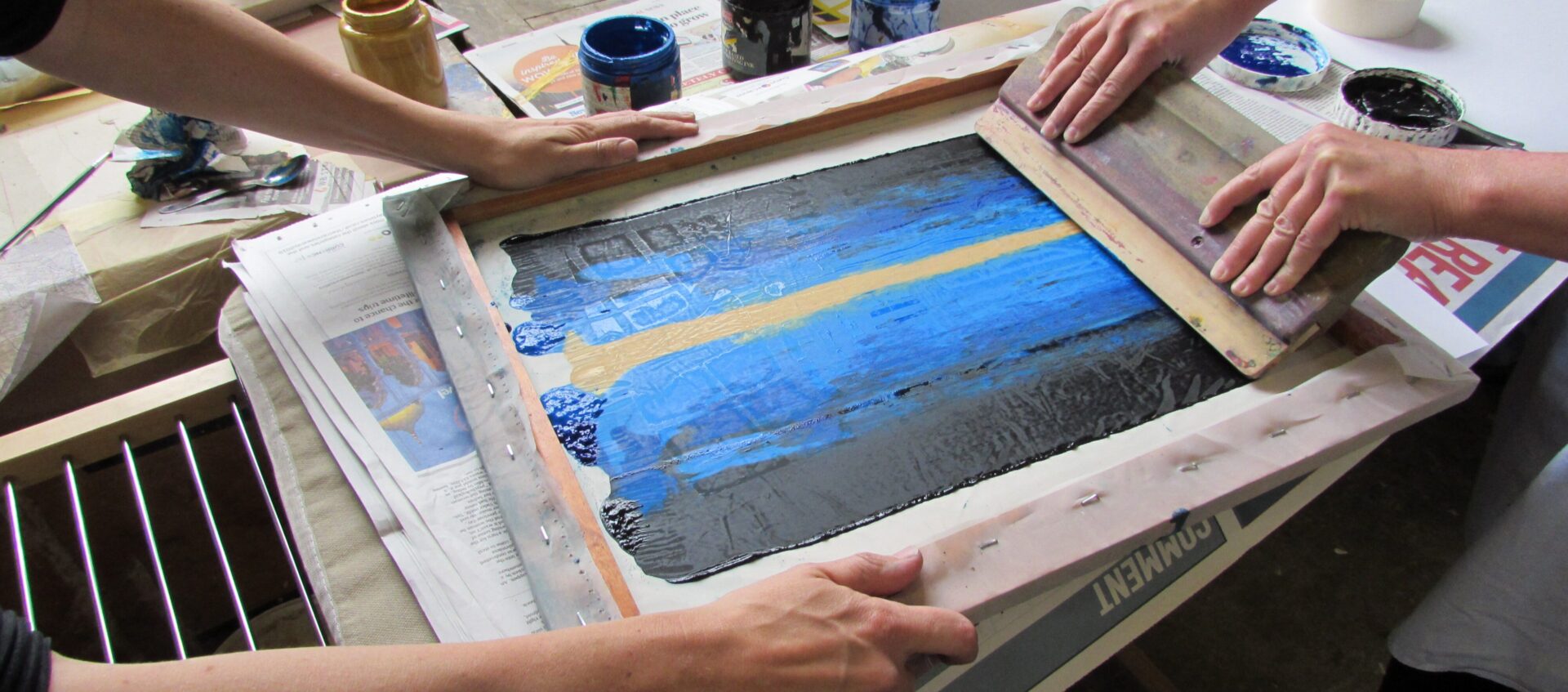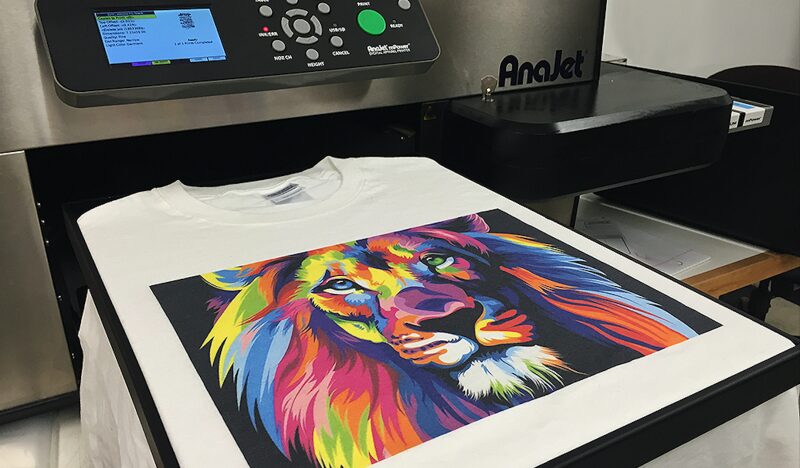The browser you are using is not supported. Please consider using a modern browser.

Screen Printing vs. Digital Printing: Best Printing Method for Custom T-Shirts
Screen Printing vs. Digital Printing: Best Printing Method for Custom T-Shirts
 Introduction
Introduction
Choosing the best method for custom t-shirts can be tricky, especially when you want the best quality, durability, and cost-efficiency for your project. Whether you’re printing custom t-shirts, promotional materials, or business merchandise, each method has its advantages. In this guide, we’ll break down the key differences to help you decide which printing method is best suited for your needs.
What is Screen Printing?
Screen printing, also known as silk screen printing, involves pushing ink through a stencil or mesh screen onto a surface. It’s a traditional printing method that has been used for decades, especially for bulk printing on textiles.
Pros of Screen Printing:
- Vibrant Colors – Perfect for bold, long-lasting designs.
- Durability – Inks are thicker, making prints more resistant to fading.
- Cost-Effective for Large Orders – The setup cost is high, but printing in bulk lowers the price per unit.
Cons of Screen Printing:
- Limited Design Complexity – Best for simple graphics with fewer colors.
- Longer Production Time – Requires screen setup, which adds to turnaround time.
- Not Ideal for Small Orders – Higher setup costs make small runs expensive.
What is Digital Printing?
Digital printing, also called direct-to-garment (DTG) printing, uses a printer to apply ink directly to a surface, similar to how an office printer works. It’s great for detailed and colorful designs on clothing, paper, and other materials.
Pros of Digital Printing:
- Great for Complex Designs – Handles detailed graphics and full-color images well.
- Fast Turnaround – No screen setup required, making it quicker.
- Ideal for Small Orders – Cost-effective for short runs or one-off designs.
Cons of Digital Printing:
- Less Vibrant on Dark Fabrics – Colors may not pop as much as screen printing.
- Not Cost-Effective for Large Orders – Printing per piece remains the same, regardless of quantity.
- Slightly Less Durable – Ink sits on the surface rather than embedding deeply.
Which Printing Method is Best for Custom T-Shirts?
The right choice depends on your project’s needs:
| Factor | Screen Printing | Digital Printing |
|---|---|---|
| Best for | Bulk orders, bold designs | Small batches, detailed prints |
| Color vibrancy | Excellent, especially on dark fabrics | Good, but may fade slightly |
| Durability | Long-lasting, resistant to wear | Slightly less durable |
| Turnaround Time | Slower, requires setup | Faster, no setup needed |
| Cost | Cheaper for large orders | Affordable for small orders |
When to Choose Screen Printing
- You need high-volume orders (e.g., event t-shirts, business branding).
- Your design has bold, solid colors without too much detail.
- You want a durable, high-quality print that lasts longer.
When to Choose Digital Printing
- You need small-batch or custom designs with many colors.
- Your design has photorealistic details or gradients.
- You need a fast turnaround for a last-minute order.
Final Thoughts
Both screen printing and digital printing have their strengths, and the best printing method for custom t-shirts depends on your budget, order size, and design complexity. If you’re printing in bulk with simple designs, screen printing is the way to go. But if you need small, intricate, or full-color prints quickly, digital printing is your best bet.
Need help with your next project? Contact us today to get started! HERE
Social Media
Check us out on Instagram
Like us on Facebook
Check in on LinkedIn
